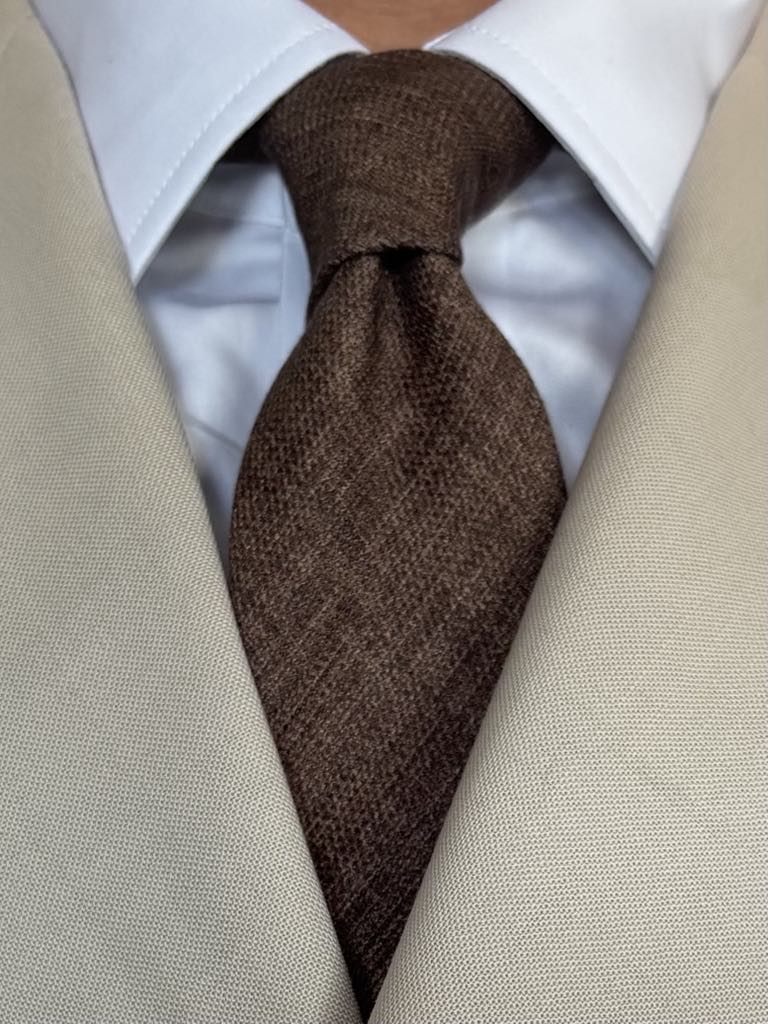If you’ve ever put together an outfit and thought “Something’s off”, it’s likely not about colors or fit—it’s about formality. The formality scale is a spectrum that ranks how formal or casual a piece of clothing is. Understanding it helps you create harmonious outfits where every item “belongs” with the others.
Whether you’re dressing for a meeting, a date, or a weekend stroll, knowing where your clothes sit on this scale can mean the difference between looking effortlessly put-together or awkwardly mismatched.
What is the formality scale?
Imagine a scale from 1 to 10.
• 1 is ultra-casual: think flip-flops, gym shorts, and graphic tees, thongs…
• 10 is ultra-formal: for example tuxedos and patent leather shoes
Most of the clothes you’ll wear in daily life sit somewhere between 3 and 8. The key to dressing well isn’t just knowing where each item falls, but understanding how far apart they can be before the outfit starts to clash.
How the formality scale affects outfit harmony
Clothing items have their own “formality levels,” and they speak the same visual language best when they’re close to each other on the scale.
For example:
• A blazer (formality: 7) pairs well with chinos (5–6), but not so much with cargo shorts (2).
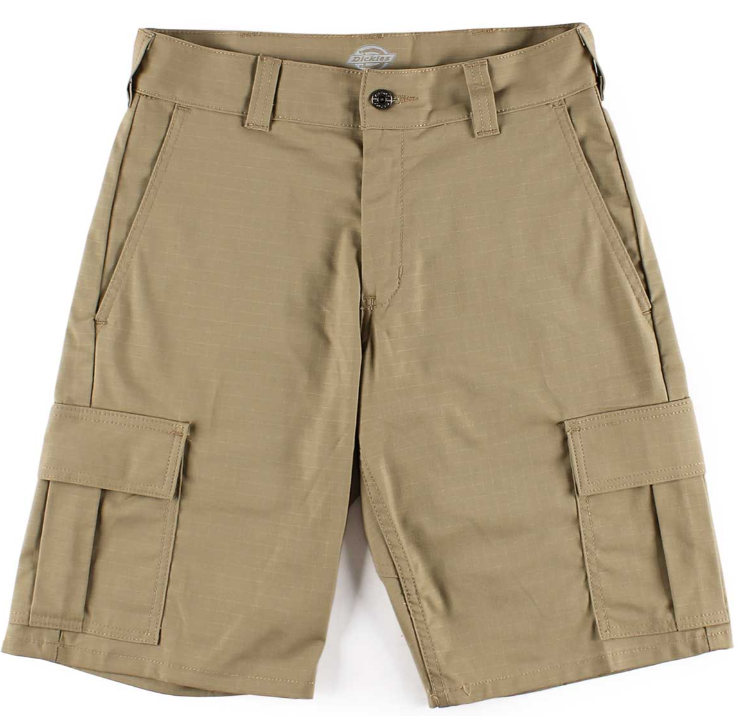
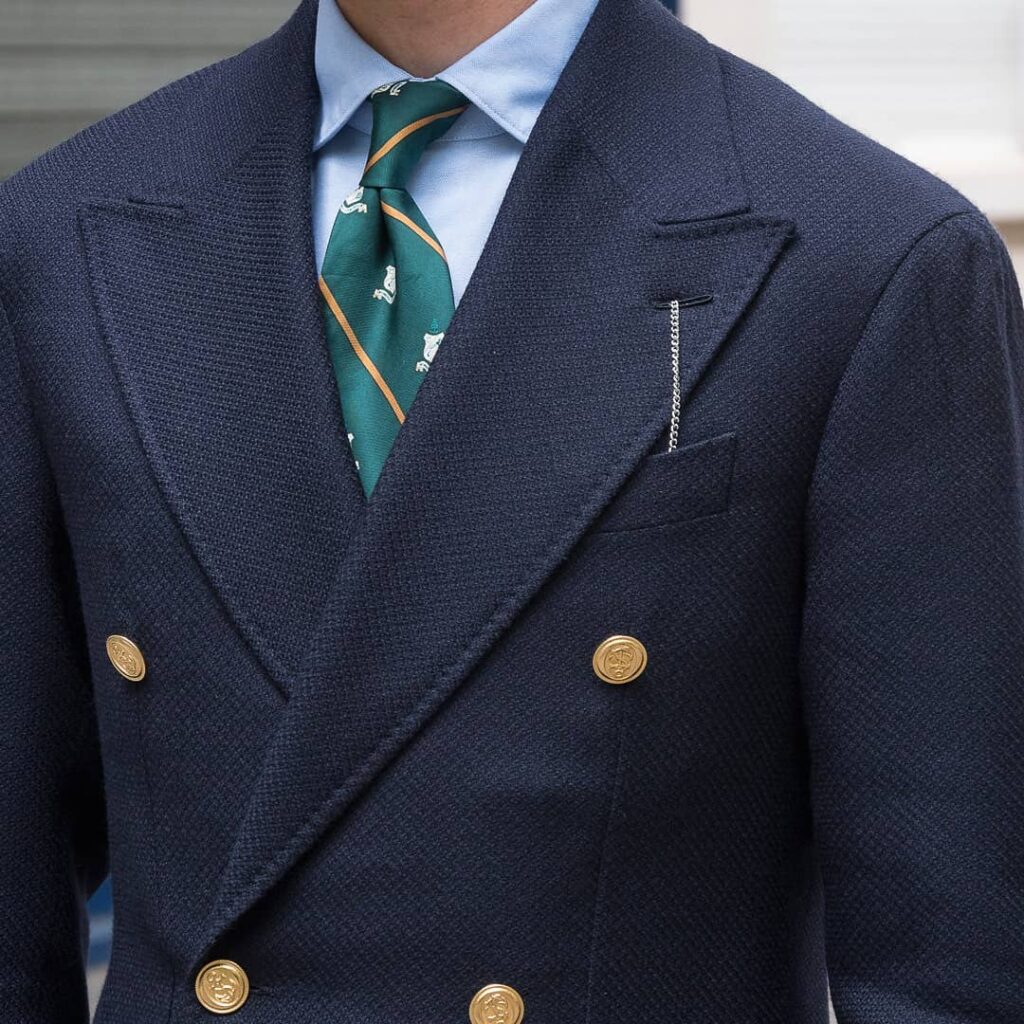
• Dress shoes (8) look sharp with tailored trousers (7–8), but out of place with distressed jeans (3–4).
Think of it as musical harmony. Mixing clothes too far apart in tone creates dissonance.
Matching by formality: a quick guide
Here’s a rough placement of common items on the formality scale:
| Formality Level | Clothing Item |
| 1-2 | Tank tops, flip-flops, gym shorts, |
| 3-4 | Graphic tees, distressed jeans, sneakers |
| 5-6 | Chinos, loafers, chelsea boots |
| 7-8 | Blazers, sport jackets, oxford shirts, wool trousers, derbies |
| 9-10 | Suits, silk ties, poplin shirts, oxfords |
| 11 – ∞ | Tuxedos, opera pumps, white tie attire… |
As a general rule, to create a cohesive outfit:
• Keep most of your items within 1–2 points of each other.
• If you’re mixing levels, bridge the gap. For instance, if you’re wearing jeans (3–4) and a blazer (7), use a casual shirt (5) and loafers (6) to connect the dots.
Of course with experience you can make your own adjustments and bend the rules as always. But these guidelines are helpful at the beginning to avoid blatant mistakes.
Building a versatile wardrobe with the scale in mind
When you’re building your wardrobe (see previous article), think about where each piece sits on the scale.
A balanced wardrobe should include:
• Casual staples (3–5): jeans, t-shirts, overshirts, sneakers.
• Smart casual pieces (5–7): chinos, polos, button-downs, unstructured jackets.
• Formal elements (7–9): wool trousers, blazers, dress shirts, brogues or derbies.
You don’t need ultra-formal items like tuxedos or patent leather shoes unless your lifestyle truly demands them. For most men, items in the 4–7 range are where real versatility lives (although the more the better in my opinion).
A few examples
The choice of fabric plays a pivotal role in determining the formality and versatility of a garment. For instance, consider a blazer: when crafted from a fabric with more texture, it tends to exude a less formal vibe. This allows you to pair it effortlessly with a pair of raw jeans, thereby elevating your casual look with a touch of sophistication.
However, not all combinations work seamlessly. Observe this image: the blazer lacks sufficient texture, making it appear too formal, while the lightly washed jeans are overly casual. This mismatch results in a disjointed look that fails to harmonize the elements of formal and casual wear.
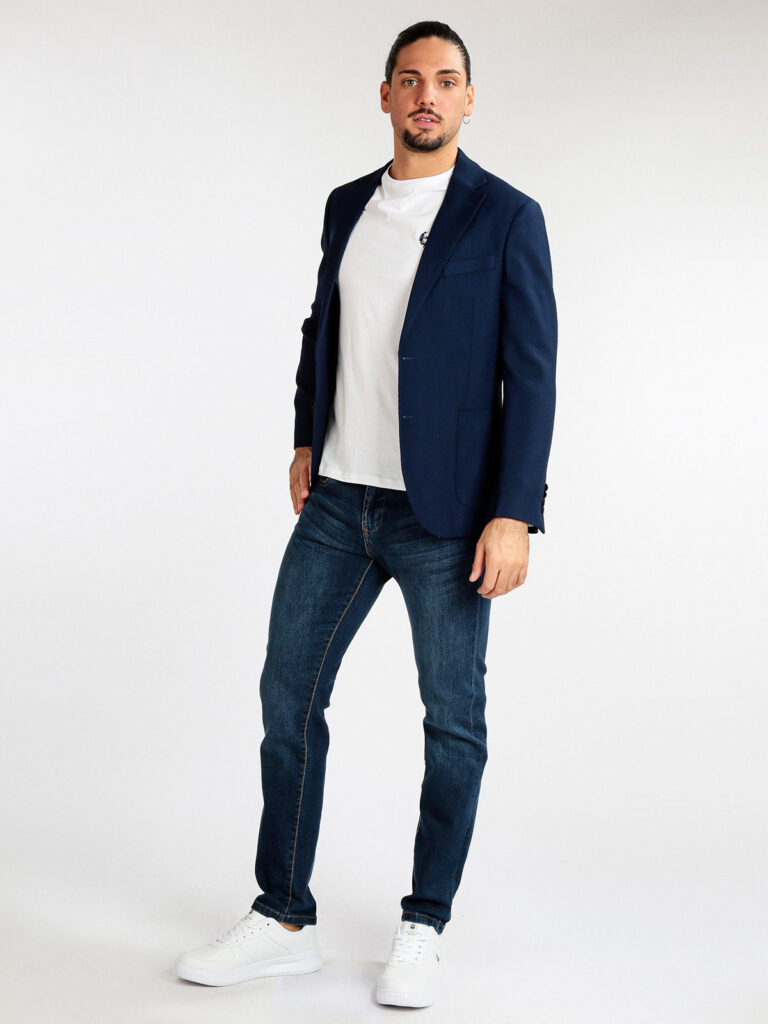
On the contrary, note how, in the following example, the ruggedness of the Harry’s tweed jacket matches perfectly the raw denim
When it comes to footwear, beginners often jump straight to the classic Oxford shoe, thinking it’s a wardrobe essential. In my opinion, it’s not. While Oxfords are sleek and timeless, they sit very high on the formality scale—around 9–10—making them hard to dress down without creating visual imbalance. Instead, I advise starting with brogues.
Brogues are versatile shoes that fall around 6–7 on the formal scale. The decorative perforations give them a slightly more casual edge compared to Oxfords, making them easy to pair with chinos, wool trousers, and even dark denim. They strike a sweet spot between polished and relaxed—perfect for everyday smart casual outfits and ideal for someone building a flexible wardrobe.
You can dress them up with a blazer or dress them down with an oxford shirt and jeans. That range makes them one of the best starter shoes for a well-rounded wardrobe.
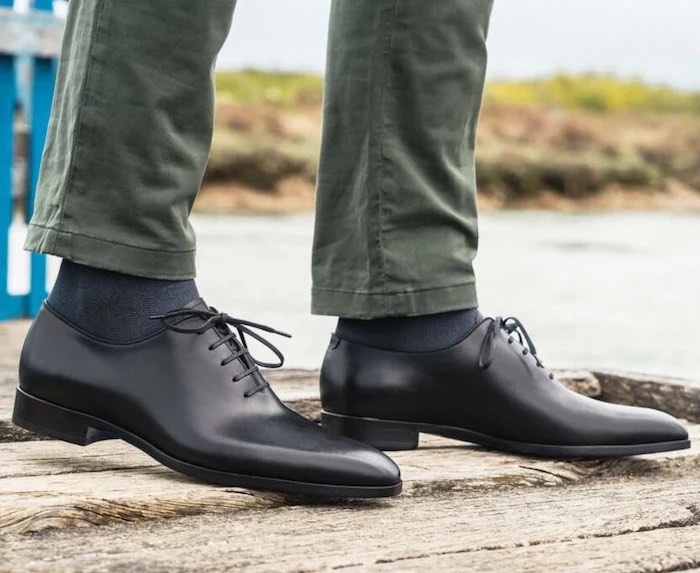
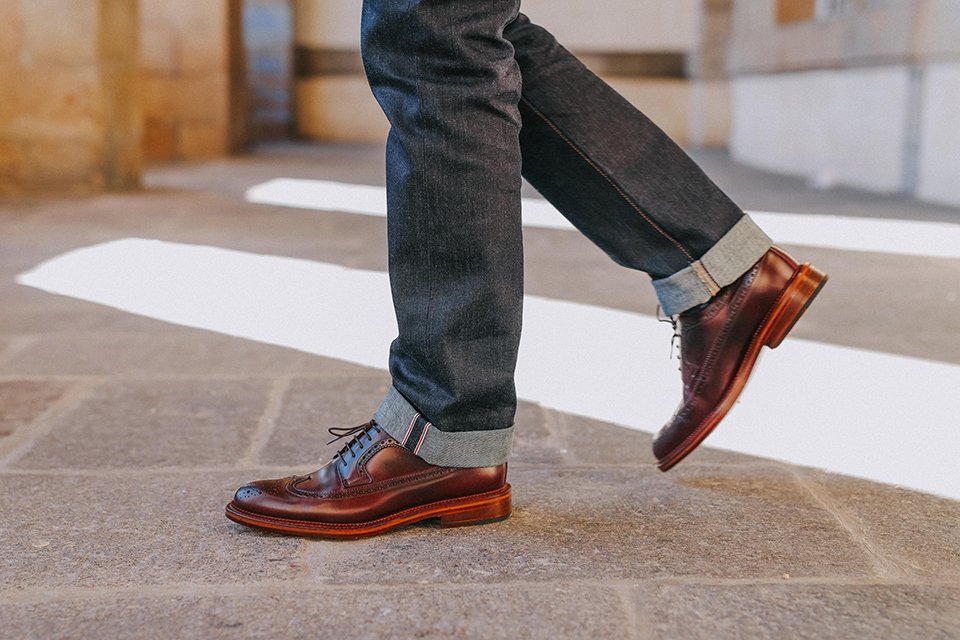
Final thoughts
The formality scale is a quiet rule behind most great outfits. It helps explain why a certain look feels effortless and another feels awkward. By learning where each piece of your wardrobe lives on this spectrum, and how to mix and match within those boundaries, you give yourself a powerful tool for dressing well every day.
In a future article, I will try to give you tips to evaluate the formality level of a piece of clothing.
Let the scale guide you, and your style will never feel out of tune.
“Fashion fades, style is eternal.”
-Yves Saint Laurent
